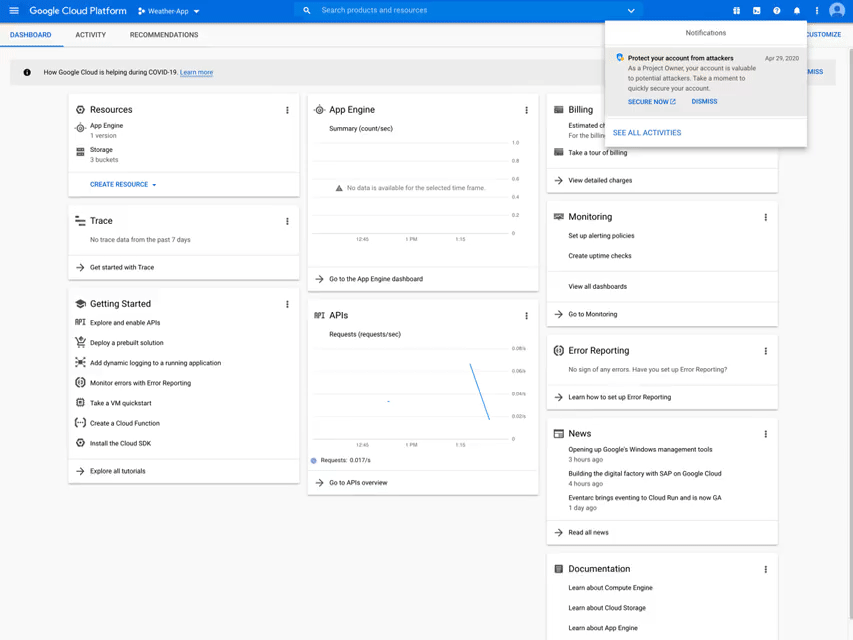Helping users keep their organization secure with their phone's built-in security key
Diego Zavala
Product Manager
Bakh Inamov
Product Manager
Phishing remains among an organization’s most prevalent security threats. At Google, we’ve developed advanced tools to help protect users from phishing attacks, including our Titan Security Keys. With the goal of making security keys even easier to use and more ubiquitous, we’ve recently made it possible to use your phone’s built-in security key to secure your account. Security keys based on FIDO standards are a form of 2-Step verification (2SV) and we consider them to be the strongest, most phishing-resistant method of 2SV because they leverage public key cryptography to verify a user’s identity, and that of the login page, blocking attackers from accessing an account even if they have the username and password.
We want as many of our customers as possible to adopt this essential protection and to make them aware of potential risks they are exposed to if they don’t. That’s why today we’re launching a new Recommender into Active Assist, our portfolio of services that help teams operate and optimize their cloud deployments with proactive intelligence instead of unnecessary manual effort. This new “Account security” recommender will automatically detect when a user with elevated permissions, such as a Project Owner, is eligible to use their phone’s built-in security key to better protect their account, but has not yet turned on this important safeguard. Users will see a notification prompting them to enable their phone as a phishing-resistant second factor. This allows organizations to immediately implement this protection and strengthen their security posture using a device end-users almost certainly always have at-hand: their phones.
The notification in the Cloud Console looks like this:


Acting on the recommendation takes just three simple steps:
Click on “Secure Now”, which will open the account’s Security Checkup tool.
Follow the instructions located in the “2-Step Verification” tab.
Finish the enrollment process.
As with all of the recommenders within Active Assist, the goal is to make these recommendations easy to see, understand, and take action on. That means you spend less time on cloud administration, while still achieving a more performant, secure cloud. Here, users can bolster their security posture with just a few clicks by enabling their phone’s built-in security keys. This is similar to what we’ve already empowered security teams to do with Active Assist’s IAM Recommender, which helps greatly reduce unnecessary permissions across your user accounts.
This feature will start rolling out to eligible users over the next several weeks. For more information on how to start using your phone’s built-in security key, read our documentation. To learn more about other ways Active Assist can help optimize your cloud operations, check out this blog.


